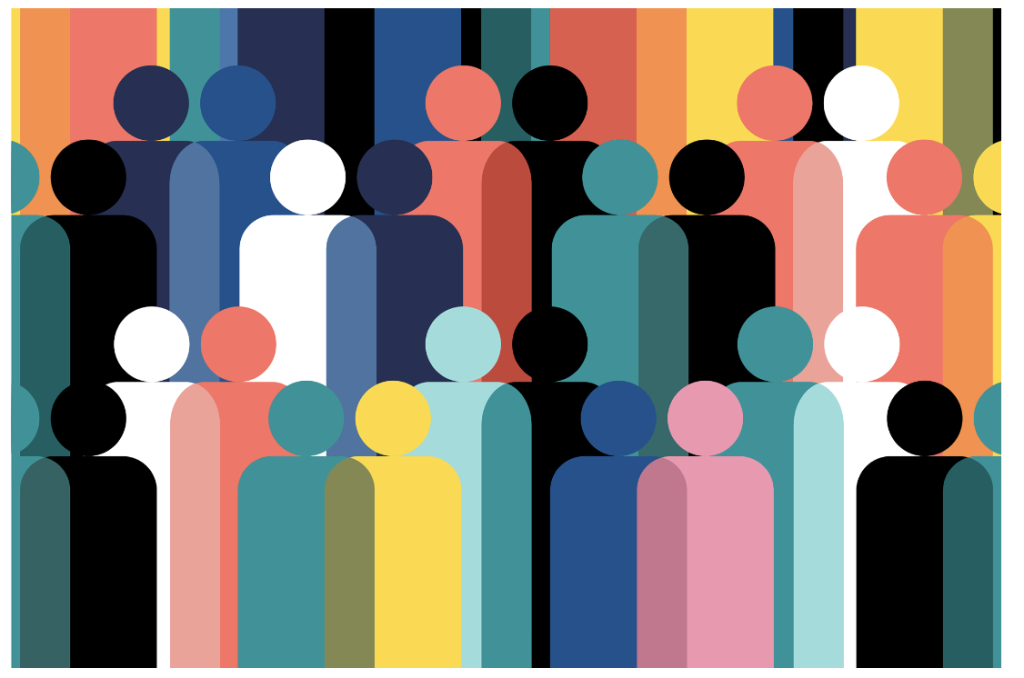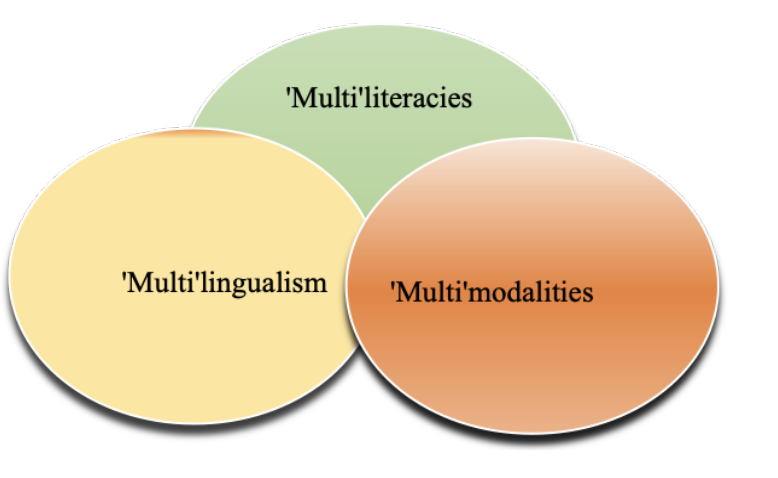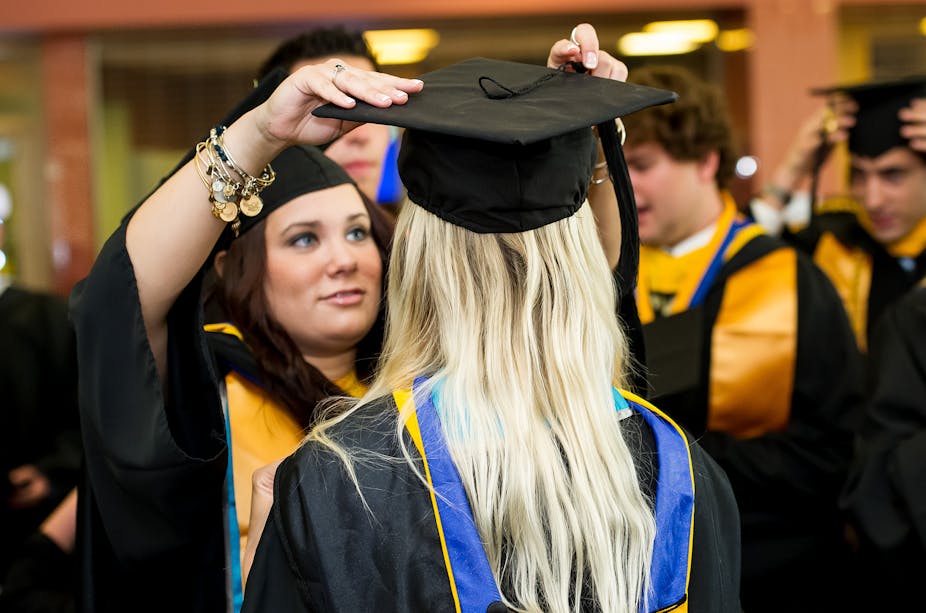
Equipped with Miami Linguistic Readers, Camino de la Escuela, and my personal ingenuity, my younger multilingual learners and I dived into what we thought were sound biliteracy techniques. These leveled looking through applications produced eons back had been lifeblood to a amateur trainer like me who had been trained in Spanish as a “foreign language.” Although in the mid-1970s Illinois was a person of the to start with states to inaugurate “transitional bilingual training,” there ended up no endorsed college packages nor empirical investigation on biliteracy that experienced been performed in the US.
Was I experienced to instruct literacy in a person language, allow on your own two? Absolutely not, but I experienced a amazing partnership with my students and their family members and alongside one another we attained wonderful heights. Around the several years and many levels later on, as I continued my career as a bilingual trainer and coordinator, I grew to become issue to any range of literacy initiatives. All of these were touted as the treatment-all for the ongoing decrease in countrywide reading through scores, in unique for minoritized college students (as decided by significant-scale achievement checks in English). I eventually grew to become disillusioned with vacillating literacy mandates that had minor applicability to my multilingual learners.
As a focused educator, I had had it instilled in me that literacy is the hallmark of education and the unwavering mark of success in college. Whilst the pendulum of educating versions and methodologies has swayed about the many years, the prevailing conceptualization of literacy would seem to have remained steadfast. Traditionally, literacy has been equated with the following features. It has been:
Textual content sure, dependent on print
Reflective of normal language
Limited to rule-governed kinds of language
Monoglossic (the place language is divorced from context and monolingualism is valued about multilingualism) and monocultural
Despite this portrayal of literacy in the mainstream US, the looking through wars about the most efficient pedagogy for all pupils proceed. Fundamentally, for me, this conflict boils down to a polarity in linguistic pondering. Structural linguistics, which currently manifests as the science of examining, is perceived as a behavior-formation system. It emphasizes language as a sure process of policies that is composed of express connections amongst seems, terms, and sentences. At the other stop of the continuum is sociocultural linguistics, which encompasses multiliteracies. It envisions the three Ls, literacy, language, and learning, as social pursuits that are situationally sure and geared to purpose, the overall intent or meaning of a information. Delicate to context, languages, and cultures, multiliteracies encompass a far more detailed view of multilingual learners’ positionality as they seamlessly transfer throughout a wide range of areas. The Backdrop of Multiliteracies
The new millennium introduced substantive adjust to the environment of K–12 literacy that reverberates to this day. The National Reading through Panel report of 2000 established 5 pillars of looking at instruction—phonemic consciousness, phonics, fluency, vocabulary, and comprehension—which became the basis of federal literacy policy for the Reading through To start with initiative underneath the No Kid Still left Driving Act of 2002. Concomitantly, this reauthorization of the Elementary and Secondary Training Act stripped bilingualism from its web pages, thus also making a de facto monolingual countrywide language coverage (Menken, 2008).
In 2006, “Developing Literacy in 2nd-Language Learners: Report of the Nationwide Literacy Panel on Language-Minority Young children and Youth” (August and Shanahan, 2006) offered an extensive overview of literacy-related investigate for this at any time-rising group of students. Apparently, it reiterates the conclusions of the prior panel, confirming the pillars of early literacy procedures. On the other hand, it does go more in acknowledging that study on literacy instruction in the major language has a constructive outcome on multilingual learners’ literacy achievement in English. Even while this evaluation of literacy investigation centered on multilingual learners, it has been criticized as being filtered by a monolingual lens (Escamilla, 2009).
From Literacy to Multiliteracies
All through this similar time frame, the academic landscape was currently being transformed by a series of outside forces, which go on to advise the landscape to this day. Let us reflect on how our lives have been altered above the previous two many years. Radical improvements have been introduced about by two forces: 1) the sociocultural influence of normal phenomena, and 2) technological advances. These include (in no specific get):
Catastrophic situations (9/11/2001, mass shootings, war)
Purely natural disasters (e.g., harmful hurricanes, volcanoes, earthquakes)
Physical and psychological well being crises
Racial and religious unrest
Technological innovation applications (e.g., Chromebook, the pill, cell phones)
Social media (e.g., TikTok, Snapchat, Fb, Twitter, Instagram)
1-way (e.g., YouTube, Google, gaming) and two-way communication (e.g., e mail, texting, Zoom, Skype, WhatsApp, Viber)
How can we continue to superimpose traditional sights of literacy on to a environment that has been through this kind of a metamorphosis? Where by do digital technologies that blend text, audio, and imagery healthy into a slim definition of literacy as we engage in social networking, blogging, podcasting, video generating, even navigating a web site? How can we imagine and make feeling of distinct information spots, this sort of as when we make interactive maps and infographics or just take virtual tours? How can we defend monolingual pedagogies when 70% of the world is multilingual and multicultural?
Multiliteracies characterize a reasonably distinctive way of imagining and performing about the teaching of literacy in just a social context for studying (New London Team, 1996). Born from a twin presence of exploding know-how-connected text sorts and improved linguistic and cultural diversity, multiliteracies expand the notion of literacy beyond the printed phrase to figure out different types of language and other sources of this means. This shift also explicitly extends literacy from inside college to encompass students’ experiences at residence and in the local community. In essence, multiliteracies underscore how instruction have to adapt to satisfy the desires of our multimodal modern society (Tricamo, 2021).
Multiliteracies provide various ways to interpret a number of communication channels to meet up with the diversifying passions of students, primarily these of our multilingual learners with their enriched linguistic and cultural understandings. As pointed out, there are two one of a kind elements of multiliteracies. The 1st encompasses the influences of society, gender, life encounter, and subject matter-make any difference skills on social contexts that help learners to decipher unique designs of meaning and implement varying perspectives to new discovering. Consequently, with multiliteracies, each and every that means trade is regarded as a cross-cultural just one that is sensitive to and reflective of the world of multilingual learners.
The second factor of multiliteracies is linked to the features of communications media and the new facts age. That is, we make this means in ways that are increasingly multimodal, wherever penned-linguistic modes intersect with oral, visible, audio, gestural, tactile, and spatial styles. Increasing literacy to multiliteracies rewards multilingual learners, not only by getting inclusive of the social and cultural contexts of understanding but also by getting far more available to pupils by a variety of inter-exchangeable and combinable modes.
The figure of intersecting circles is a graphic representation of the two “multi”s of multiliteracies (see https://newlearningonline.com/multiliteracies/visible-overview). In it, we see the interface among one’s lifestyle worlds (in social and cultural cases) and their several modes of conversation. The interaction of diverse kinds of interaction with how they are socially positioned foregrounds the interpretative mother nature of multiliteracies.
Two Significant Features of Multiliteracies

Multiliteracies for Multilingual Learners
Simply said, multiliteracies permit multilingual learners to comprehend and decipher the entire world from varying viewpoints. Their languages, cultures, and encounters are intertwined inside a large selection of literacies and literacy methods (e.g., reading and producing together with gestures, visual illustration, and digital interaction). In school, multiliteracies are not confined to just one class, although they are most normally involved with language arts, but in truth are integrated into every content material area.
There is an additional set of “multi”s we may perhaps wish to use to multilingual learners. As proven in the determine on the up coming page, we can see multiliteracies as an umbrella for both equally numerous languages, like their interaction for the duration of translanguaging (the all-natural dynamic circulation and exchange between languages), and multimodalities (the blend of sensory and communicative modes to evoke this means).
The studying possible of these interrelated means that are engrained in multiliteracies is tremendous for multilingual learners and their teachers. For illustration, multilingual learners who have options to delve into content by viewing a video with bilingual captioning that arrives with an accompanying pictograph are afforded accessibility to a mixture of visual, auditory, and textual modes.
Introducing ‘Multi’s to Literacies, Lingualism, and Modalities for Multilingual Learners

Adapted from Gottlieb, 2021
In essence, in navigating multiliteracy areas, multilingual learners are advantaged. Lecture rooms that intertwine multilingualism, multimodalities, and multiliteracies into curriculum, instruction, and evaluation are privileged. Here…
Multiliteracies encompass multilingual learners’ knowledge and generation of which means from their interaction with multimodalities and many languages, like translanguaging tactics, as vehicles for furthering finding out.
Multiliteracies, by becoming inclusive of and embracing linguistic and cultural range, assist shape the favourable identities of multilingual learners.
Multiliteracies tap the language methods of multilingual learners alongside with distinct combinations of modalities—audio, visible, graphic, oral, kinesthetic, linguistic—to optimize literacy and understanding experiences as the college students interact with the globe (Castro and Gottlieb, 2021).
Multiliteracies offer authentic alternatives for multilingual learners to go after a array of pathways where multimodal assets blend with written content and language to fortify deep discovering.
Multiliteracies act as a springboard for educators who leverage bilingualism/multilingualism as an fundamental trait and power of multilingual learners as they crisscross several languages and cultures.The Guarantee of Multiliteracies for Multilingual Learners
As a globally interconnected multilingual culture, we are continually expanding our dependence on systems and related electronic literacies. As a end result, the rise of new literacies and multiliteracies has been continuous, with everyone getting to navigate increasingly richer and additional intricate media. Circumstance in place, much more and additional secondary learners are main “tech-saturated life,” with 95% making use of the world wide web, 78% having a cell cellular phone, 80% acquiring a laptop, and 81% relying on social networking—and these knowledge are pre-COVID (Watters, 2014). Provided these specifics, along with our witnessing of a multilingual transform exactly where we have been reassessing the essential position of multilingualism in teaching and studying (Could, 2013), multiliteracies should really have being ability in our classrooms and faculties.
Many years have passed considering the fact that the inception of my occupation. The looking at wars continue to rage and the literacy pendulum appears to be in perpetual motion. Our definition of literacy may perhaps have expanded, but to what extent have we witnessed investigation-centered innovations in (bi)literacy instruction for multilingual learners? I however await the magic bullet.
References
August, D., and Shanahan, T. (2006). (Eds.). “Developing Literacy in Second Language Learners: Report of the Countrywide Literacy Panel on Language-Minority Kids and Youth.” Mahwah, NJ: Lawrence Erlbaum.
Castro, M., and Gottlieb, M. (2021). “Multiliteracies: A glimpse into language arts bilingual classrooms.” WIDA Concentration Bulletin. Wisconsin Center for Training Research, University of Wisconsin-Madison.
Escamilla, K. (2009). “English Language Learners: Acquiring literacy in next-language learners – Report of the Countrywide Literacy Panel on Language-Minority Small children and Youth.” Journal of Literacy Exploration, 41, 432–452.
Gottlieb, M. (2021). Classroom Evaluation in Multiple Languages: A Handbook for Instructors. Thousand Oaks, CA: Corwin.
Might, S. (2013). (Ed). The Multilingual Flip: Implications for SLA, TESOL, and Bilingual Training. Oxfordshire, Uk: Routledge.
Menken, K. (2008). English Learners Remaining Driving: Standardized Screening as Language Plan. Tonawanda, NY: Multilingual Matters.
Tricamo, L. (2021). Multiliteracies, Multimodalities, and Social Research Training. Proceedings of Excellent Working day, 2020, write-up 21. https://knightscholar.geneseo.edu/cgi/viewcontent.cgi?report=1290&context=proceedings-of-fantastic-working day
Watters, A. (2014). “New Literacies in the Classroom.” http://hackeducation.com/2014/11/11/new-literacies-in-the-classroom
Margo Gottlieb, co-founder and lead developer of WIDA at the Wisconsin Heart of Schooling Investigation, College of Wisconsin-Madison, has experienced a extended-standing job in multilingual schooling. Owning presented and prepared thoroughly on classroom assessment for multilingual learners (see https://us.corwin.com/en-us/nam/writer/margo-gottlieb), she is satisfied for audience to speak to her at margogottlieb[email protected]








